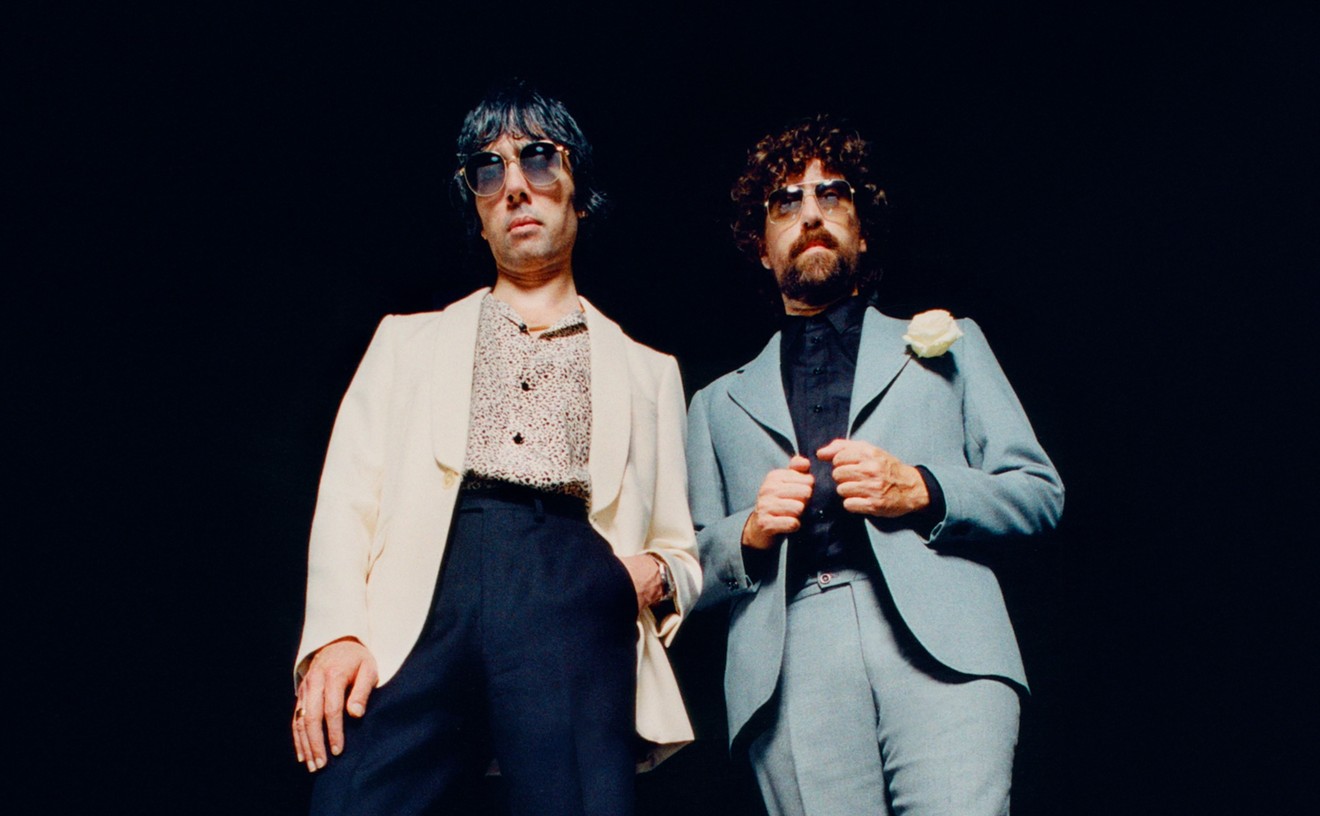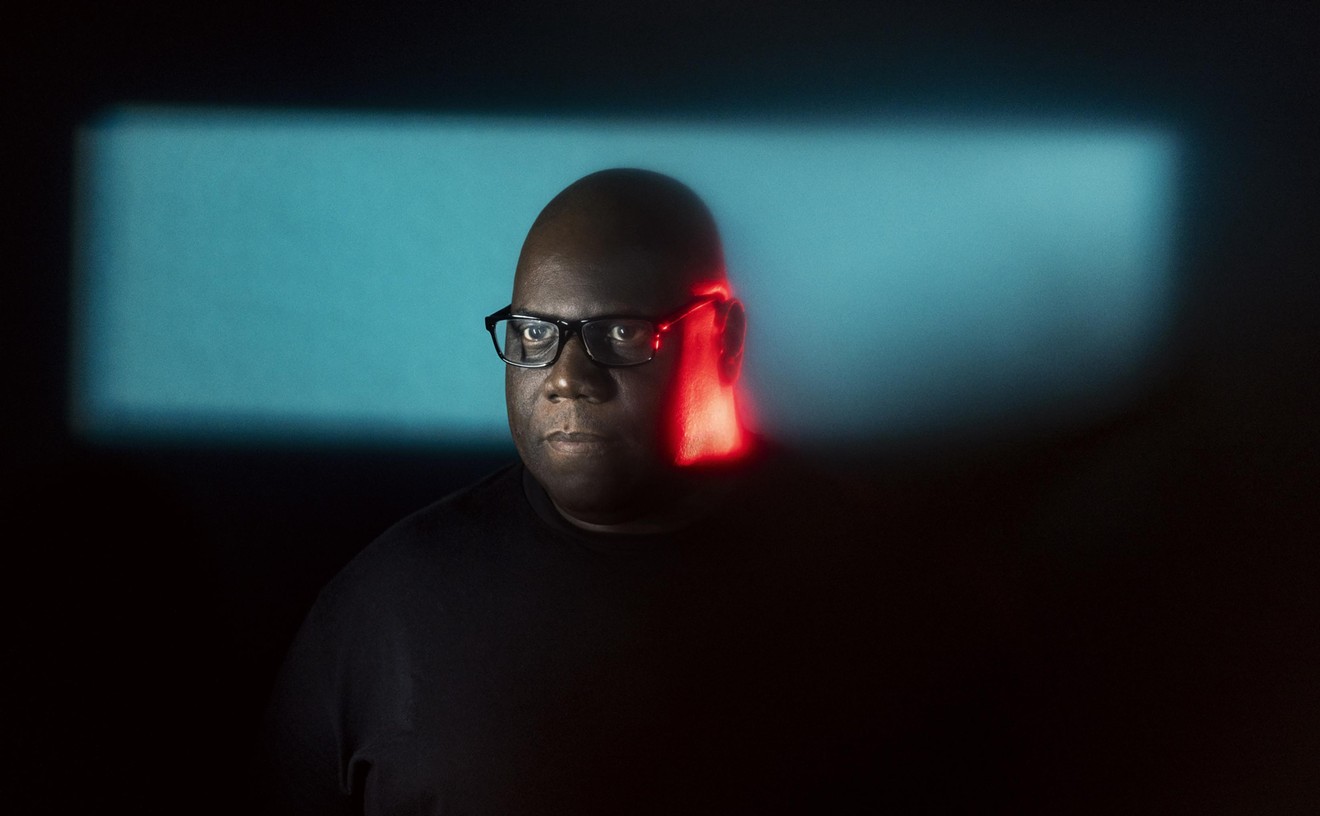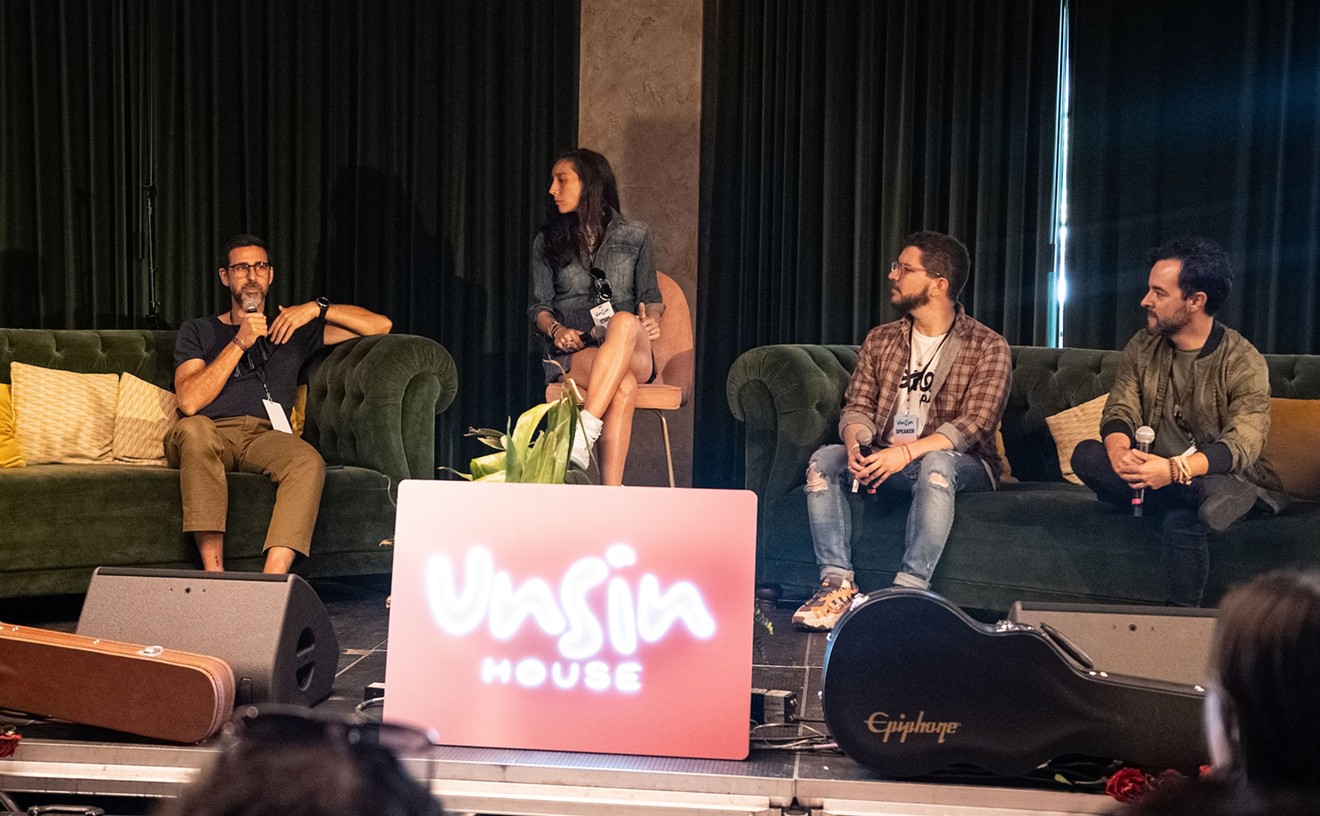The Miami Times is one of America's oldest continually running black newspapers, and the largest one in the Southeast. In 2011 they were recognized by the Black Press of America as the best newspaper in the country. Since 1923 they've been the essential documenter of life in black Miami.
Their back issues are a treasure trove of historical material on independent music in America, and the important role the City of Miami has played in its birth, growth, and ascension to a globally significant cultural phenomenon.
Here then are ten great moments in music history presented with primary source documentation from the Miami Times.
10. Marian Anderson's Integrated Concert at Dade County Auditorium, 1952
The operatic and classical stylings of contralto singer Marian Anderson were just as great as her efforts to fight racial prejudice through musical expression. Starting with an Easter Sunday concert on the steps of the Washington Monument attended by 75,000 and listened to by millions on the radio in 1939, Anderson was a lifelong fighter for equal rights. Her Miami concert made big news because, as with all stops on her tour, she refused to perform unless it was for a fully integrated audience. The review of the concert notes that she 'thrilled the audience time and again with folk, classical, and spirituals, and there was not one iota of segregation of any kind.' Anderson is pictured below on a visit to the home of Mr. and Mrs. Dennis Smith at 1295 NW 67th St.
9. The Inkspots at Club Monte Carlo on The Trail, 1948
For a little perspective on why it was momentous for an all black act to play their original music at a "white club" on NW 7th Ave in Miami in 1948 take a look at the headlines surrounding this article. There's "Possibility of Negro Judge Considered," and a story out of Tallahassee titled "Klan Gives Radio To Ex Slave." Florida was one of the most racist and violent states in the union, and it's a long road to Miami through it. The Ink Spots performance was written about not only by the Miami Times, but also the Miami Herald, whose Entertainment Editor George Bourke said, "It was a terrific gamble by orchestra leader Tony Lopez...that left the capacity audience clamoring for more." There's a long history of black acts earning green money at white clubs in Miami Beach, and that is a trail in part blazed by the Ink Spots.
8. Silas Green From New Orleans, 1949
The Silas Green show was a traveling revival-style, comedy, dance, and variety entertainment show that came through Miami at least once or twice a year. Ask an old man in Overtown about it and his eyes may fill with wonder as he tells you about the beautiful women shaking their bodies for all to see. As you can see from the advertisement, Silas Green's show went right into the heart of the various black communities in Miami-Dade from LIberty City to Florida City. They would set a big tent up in an empty field, charge a dollar, and provide entertainment that'd last a lifetime.
7. Sugar Ray Robinson Party at the Rockland Palace, 1950
Sugar Ray Robinson was a boxer whose amateur record was 85-0 with 69 knock outs. His pro record was 128-1-2 with 84 knockouts. Many call him the greatest boxer of all time. He used to come down to Miami and party all the time, picking up local girls in his flamingo-pink Cadillac convertible. He married an Overtown girl, Edna Mae, who had worked as a cocktail waitress at the Mary Elizabeth Hotel, and spent even more time here. As you can see, the history of professional athletes hosting club nights in Miami is nothing new. This party featured entertainment by the great Willis "Gator Tail" Jackson, and a live orchestra. And just so you know how active the nightlife was, this party was on a Monday night.
6. Lady Sax All Over Miami
Lady Sax was the one woman house band at the Harlem Gardens nightclub in Opa Locka, she was a big beautiful woman who blew a horn like no other. She was seen and heard on stages from Liberty City, to Overtown, to Goulds, to Hallandale, and all points between. She was a club promoter, musician, entrepreneur, and impresario. She slung that horn like an automatic rifle, drove fast, drank hard, and was one of the finest local musicians in the county. Everybody knew Lady Sax, and now you do too. Miami Dade public school veteran Richard J Strachan married her, and wrote a great book about his life and times with her called "From Lady To Apopka."
5. Bob's Record Shop Grand Opening, 1953
The Independent music business didn't really get started in America till around 1946 with a few little black music labels in California. There were almost no record stores. But by the early 50's they began springing up around the bus depots, near the juke joints, and around the cafés of the inner city of Miami and sporadically throughout America. Radio was the most vital means of promotion for independent music, and jockeys often worked hand in hand with record stores in a symbiotic moneymaking relationship. The opening of Bob's Record Shop in Overtown, and its advertising of the latest hit records in "blues, jazz, bebop, calypso, spiritual, and popular," marks an important era in independent distribution of recorded music in America.
4. Clyde Killen's Nassau Night at the Harlem Square 1954
Clyde "Glass" Killens was probably the top promoter in Miami throughout the "golden era" of entertainment that lasted until the building of I-95. Killens was later the official man of the house booking and promoting at the Knight Beat club at the Sir John Hotel in Overtown. Nassau Night, sponsored by the Elks Club (who were very active in throwing big parties), celebrated the Bahamian heritage of the many Miamians who built and populated the city. There was junkanoo, calypso, masqueraders, coconut milk, conch salad, orchestras, a square dance, a grand march, best dressed, hair style competitions, and 1000 coconuts given away.
3. Aretha Franklin at Northwestern High, 1958
There aren't very many major entertainers alive today who can tell you how integral Miami was to the national touring circuit for African American musicians. But Aretha Franklin can. At the young age of 15, she was already a seasoned traveler on the strength of her gospel abilities. Her father, the renowned Rev CL Franklin got her started early and led this concert of spiritual music in the auditorium of Northwestern High School. For $1.25 you could see the queen of soul in the primacy of youth belting out the standards that would inform over 60 years of secular hits and take her around the world as one of the greatest vocalists of all time.
2. James Brown at The Palms of Hallandale, 1958
Back in 1958, Hallandale was to Overtown what West Kendall is to Brickell, except Hallandale had one of the hottest clubs in the south, called the Million Dollar Palms run by a guy named Ernie Busker, who was good friends with the biggest independent distributor in Florida, Henry Stone, who brought James Brown down for his first show at the Palms in 1955 on the strength of a demo recording of what became a million seller, his song "Please, Please, Please." By 1958 James Brown had built a pretty huge name for himself on King Records, and his live shows, dance act, and "cape routine" were already the stuff of legend.
1. The King Of Hearts Club Big Package, 1963
Most people don't know that Sam & Dave ("I'm A Soul Man") are from Miami and started out here on the talent show circuit. Well, it's true. And they were regulars at Liberty City's King of Hearts Club, owned by John Lomelo who would later become mayor for life of Sunrise, FL before going to jail, getting out, and getting elected again. Little Willie John was an explosive entertainer with a huge voice. He wrote the song "Fever" later made famous by Eartha Kitt. The Drifters were an archetypal doo wop, soul, r&b vocal group. Sam Early was a singer/songwriter who worked extensively with local favorite Dizzy Jones and recorded for Miami's Cat label. And yes, they all played a 3 night stand for $1 door charge, alongside a dancing girl revue with happy host Phil Harris.
Follow Crossfade on Facebook and Twitter @Crossfade_SFL.










